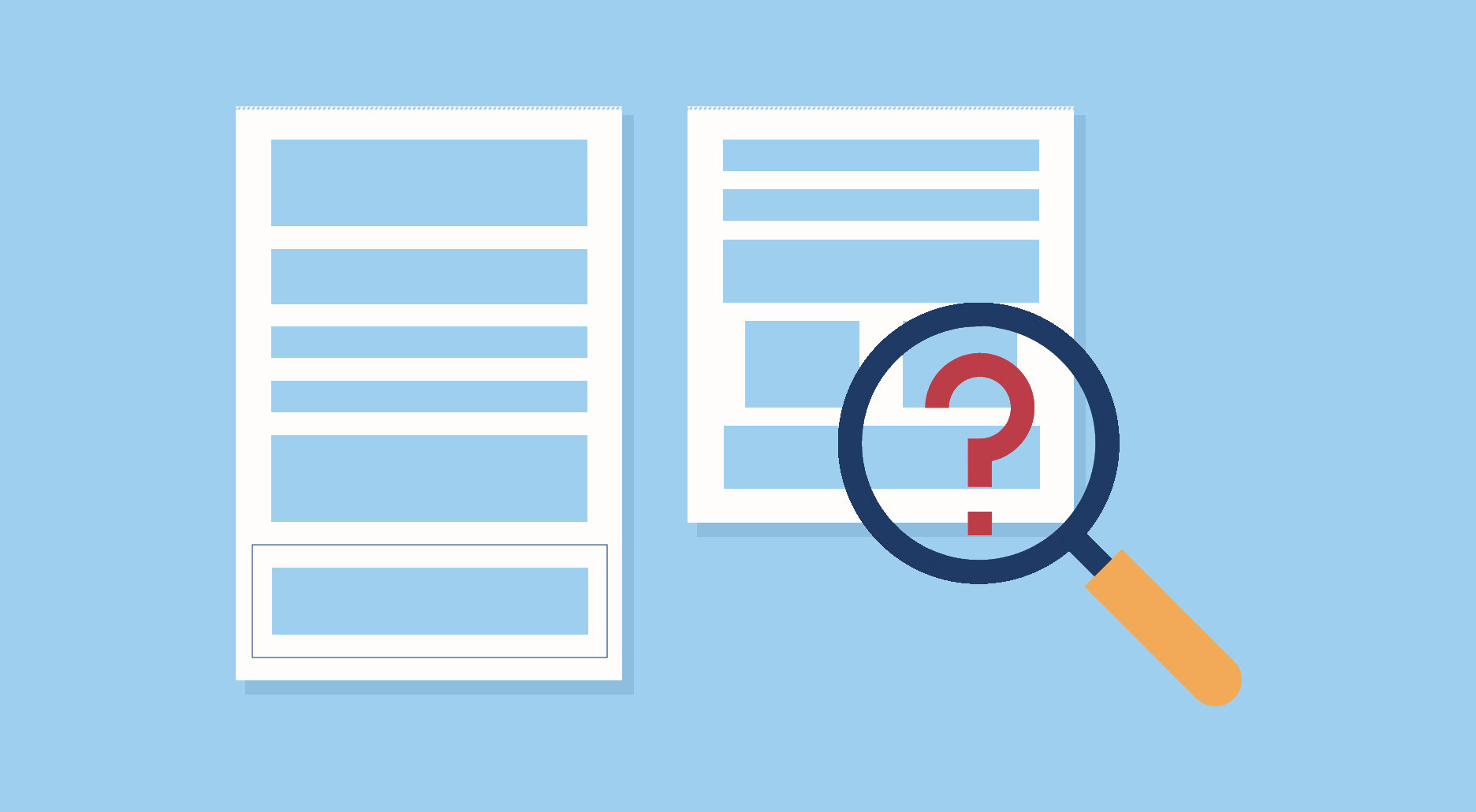In the United States, every new mattress is legally required to have a set of tags that provide specific information about the product. These are commonly called “law tags” or “law labels.” This article will provide an in-depth look into the information contained on each tag, explain how to read the tags, and highlight their relevance to the consumer.
Why Do Mattresses Have Tags?
In the early 1900s, the US government introduced mattress tags to protect consumers from deceptive manufacturers. These tags contain legally required disclosures and additional information about the mattress, such as ingredients, certifications, care instructions, warranty terms, and more.
Care Instructions
Mattress tags may offer information on the following:
- Instruction on care and maintenance
- Whether the cover can be removed
- Types of foundation suitable for the mattress
- Adjustable base compatibility
Since consumers can legally choose to remove the mattress tags, some may contain instructions on removing the tag properly without damaging the cover.
Certification Labeling
If a mattress meets purity or quality certifications, it will be listed in the tag cluster. Standard certifications include:
- CertiPUR-US: This certification ensures that the memory foam used in the mattress contains low levels of volatile organic compounds (VOCs).
- OEKO-TEX: This certification verifies that the mattress components, such as textiles, buttons, and others, are free from harmful substances.
- Global Organic Latex Standard (GOLS): This certification assures that the foam used in a latex mattress is organic.
- Global Organic Textile Standard (GOTS): This certification verifies that the textiles used in the mattress are organic.
The presence of these tags can assure consumers of the quality and safety of the mattress, indicating that it is free from harmful or toxic substances.
Material Disclosures
Mattress tags must disclose all the materials used inside the mattress, including materials in the cover, internal layers, and other components. While reviewing the ingredients list, be careful and look out for common allergens or irritants such as:
- Latex – A natural rubber that can trigger latex allergies
- Boric Acid – Chemical flame retardants
- VOCs – Volatile organic compounds In foam and adhesives
Awareness of potentially problematic ingredients empowers consumers to select mattresses that won’t exacerbate allergies or health conditions.
Federal and State Fire Safety Laws
Mattress tags also indicate compliance with minimum state and federal fire safety standards. Some manufacturers may use inexpensive fiberglass as a fire retardant, which can cause eye, skin, and respiratory irritation. Words like “glass cloth,” “glass wool,” or “glass fiber” may indicate the use of fiberglass.
Safer alternatives, such as covers made of inherently fire-resistant fabrics or barriers made from mineral materials, are available. It is important to read the fire safety tag carefully, as the mattress may only meet safety standards under certain conditions.
Warranty Disclosures
Mattress warranty information is typically found on tags, which list the length of coverage and actions that can void the warranty.
Removing the warranty tag can sometimes void the warranty, but not always. If the warranty is voided, the customer will no longer be covered for defects and will have to pay for out-of-pocket repairs or replacements. Therefore, reading the warranty tag and understanding the coverage terms carefully is critical in claiming the warranty and avoiding any potential hassle in the future.
Is it Illegal to Remove a Mattress Tag?
It is common for people to wonder whether removing the tag on their mattress is legal. Most mattress tags contain a warning that says, “Do not remove under penalty of law,” which can be confusing. However, there are certain circumstances under which it is prohibited to remove the tag, while in others, it is perfectly acceptable.
The “law label” tag, which is sewn onto the mattress, must not be removed by anyone who handles the mattress before it reaches the end consumer. This includes manufacturing workers, mattress salespeople, and shipping employees. This legal requirement ensures the tags remain in place until the end consumer purchases the product.
Once a mattress is purchased and delivered to the customer, it is legally permissible to remove the tag. Many law tags now explicitly state that the consumer can remove them. However, it is essential to keep in mind that removing the tags could have negative consequences in the future. For instance, it may void the mattress warranty, make it challenging to recall specific materials used, and make it harder to sell the mattress secondhand. Therefore, removing the tag is generally not recommended, even though it is legally allowed.
Bottom Line
Mattresses often come with several tags that convey essential information to the consumers. To assist consumers in understanding the mattresses they purchase, this guide aims to simplify the information communicated through these tags to comprehend their contents and make an informed decision.

